Historic music machines are among the most magnificent automatons. They delighted visitors to fairgrounds, played in inns and railroad stations, and entertained passengers on huge ocean liners. Many devices are still fully functional today. They range from tiny singing birds, music boxes, barrel organs, flute-playing clocks and mechanical violins to self-playing pianos and huge organs. A short journey back in time to the world of analog music. Music automatons have survived in numerous museums.
The most famous musical automaton figures can be found in Paris and Neuchâtel (Switzerland). Peter Kintzing created his dulcimer player (see Fig. 1) in collaboration with David Roentgen.
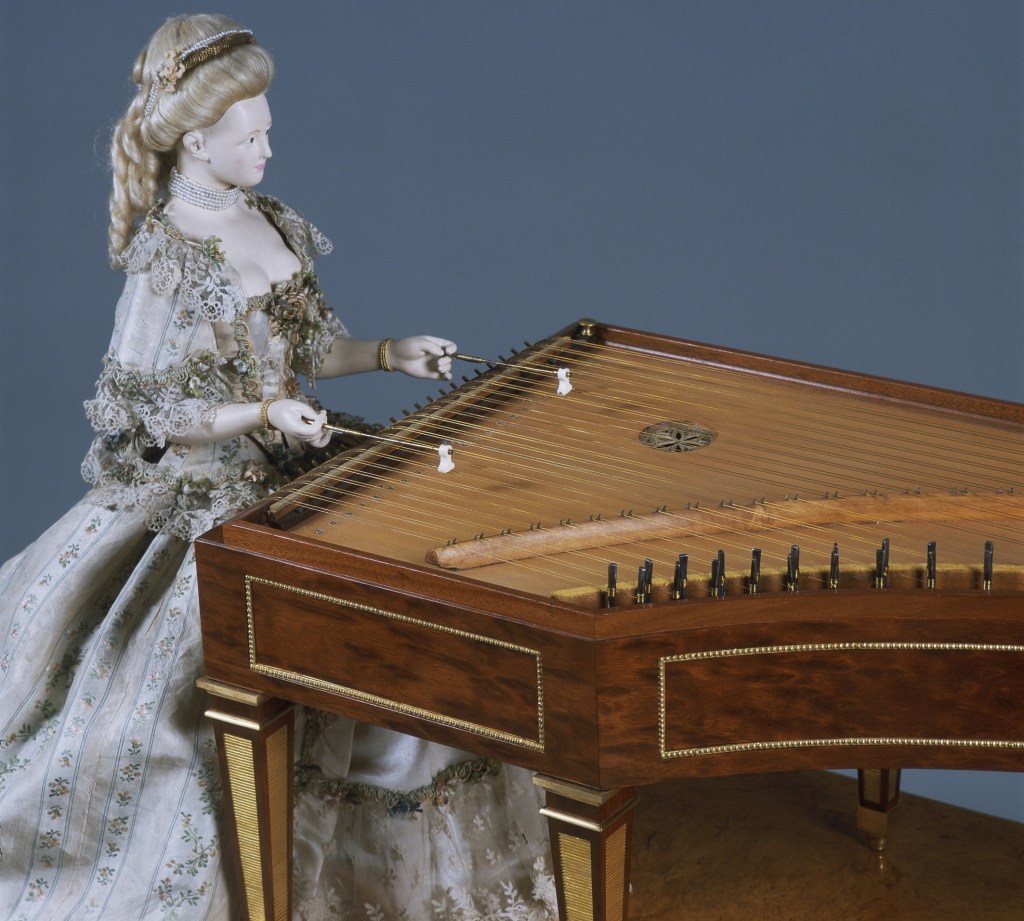
Credit: Musée des arts et métiers/Cnam, Paris, image: Pascal Faligot
The three Jaquet-Droz automated figures, including the musician (see Fig. 2), are regularly presented to the public in Neuchâtel (Switzerland).
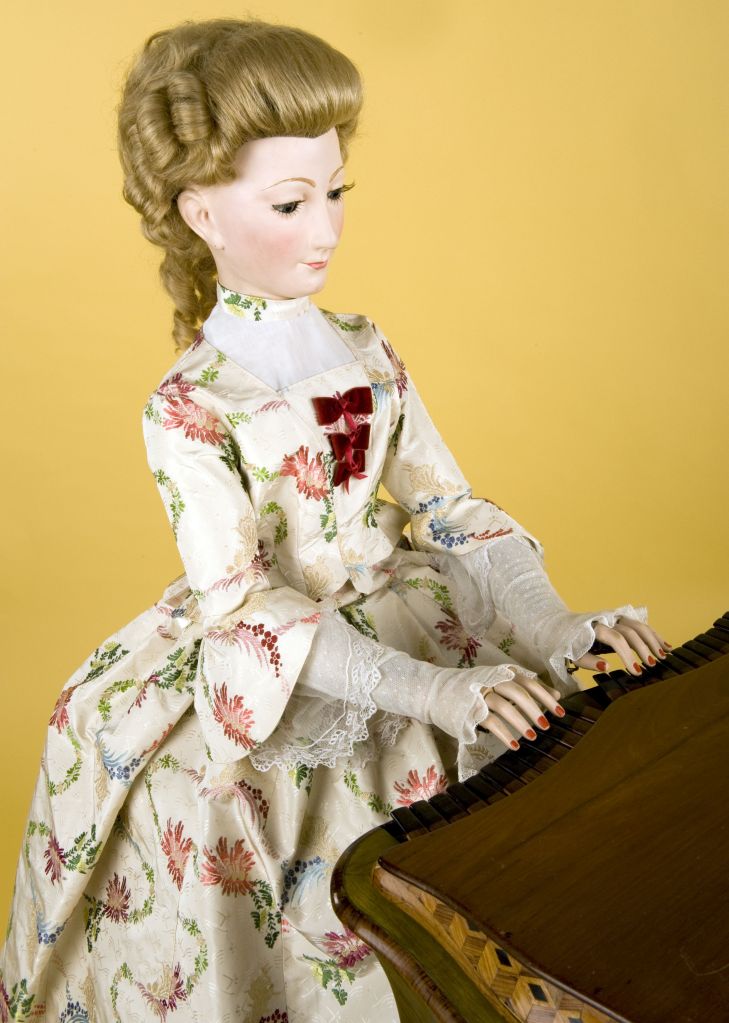
Credit: Musée d’art et d’histoire, Neuchâtel
The Swiss clockmakers Pierre Jaquet-Droz and Henri-Louis Jaquet-Droz are regarded as the inventors of the singing bird (see Fig. 3).
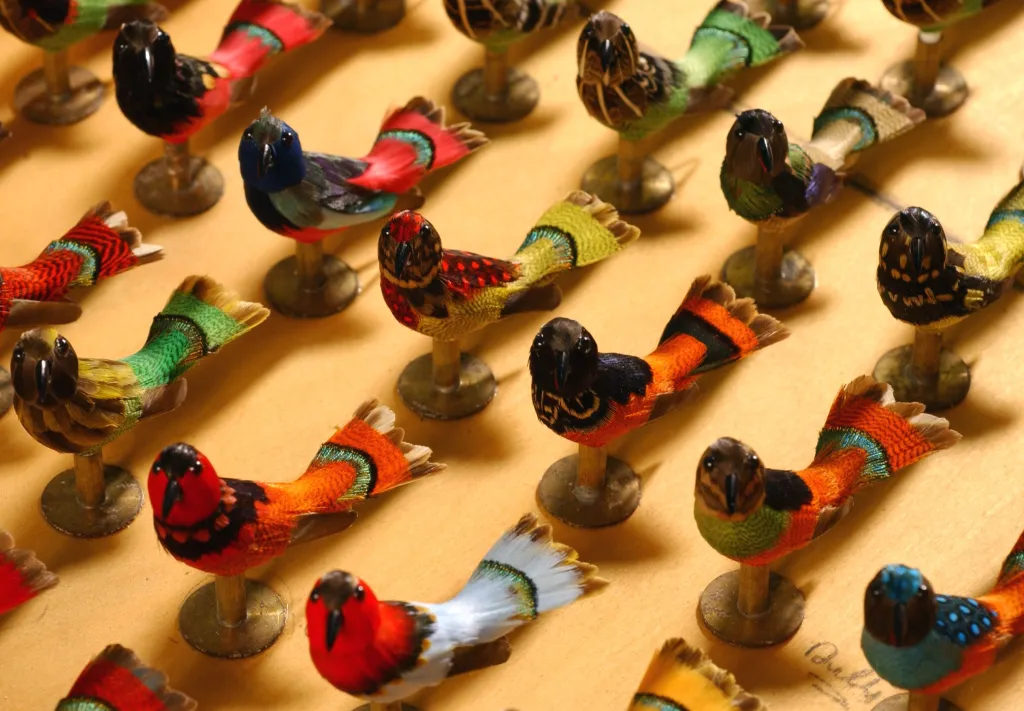
Credit: Reuge SA, Sainte-Croix VD
Mechanical singing birds in cage automatons were particularly popular (see Fig. 4).

Credit: The Board of Trustees of the Science Museum
Music boxes (see Figs. 5–7) were widespread.
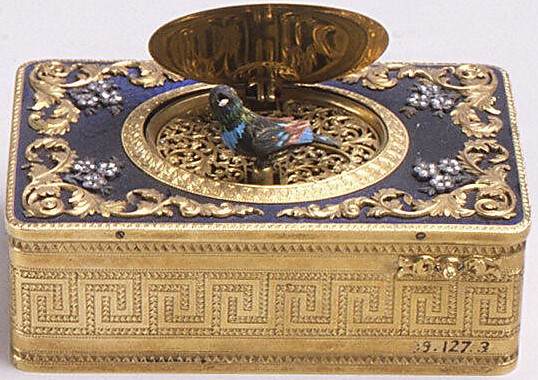
Credit: Metropolitan Museum of Art, New York
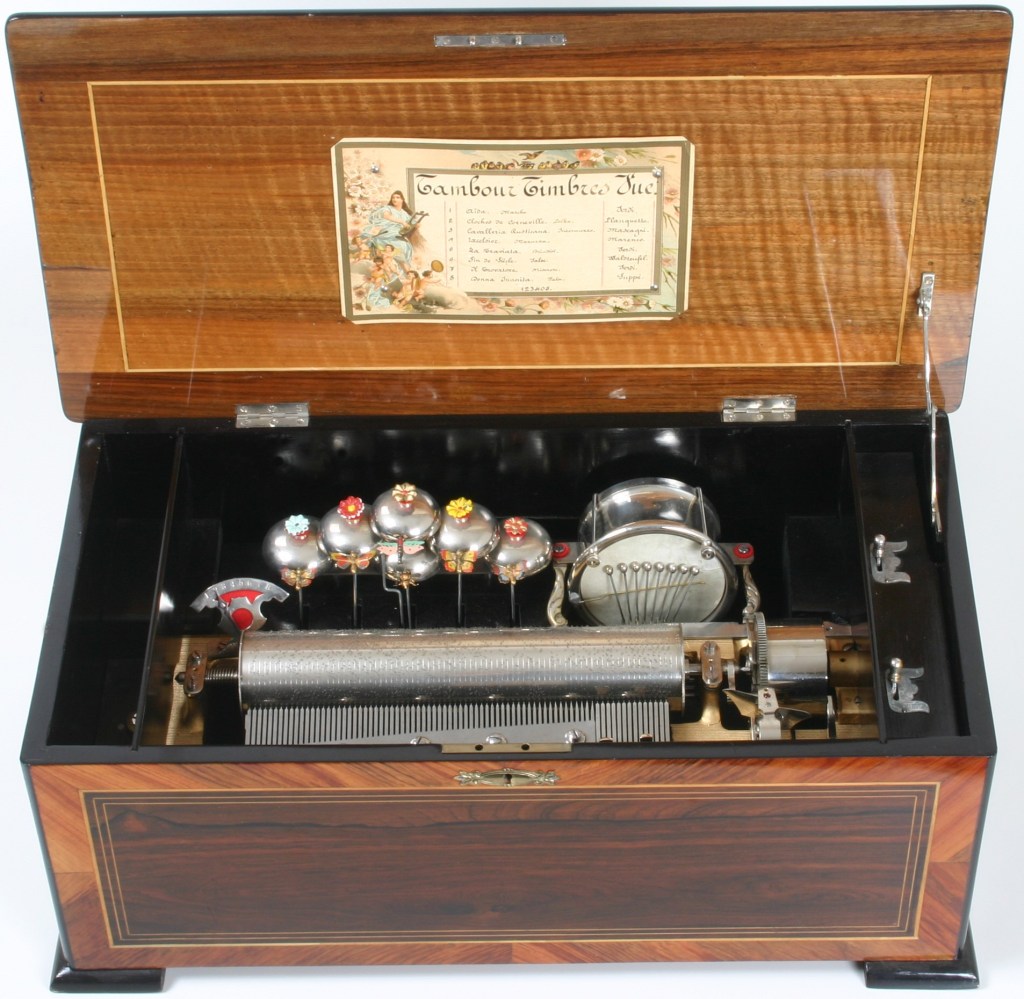
Credit: Museum für Musikautomaten, Seewen SO
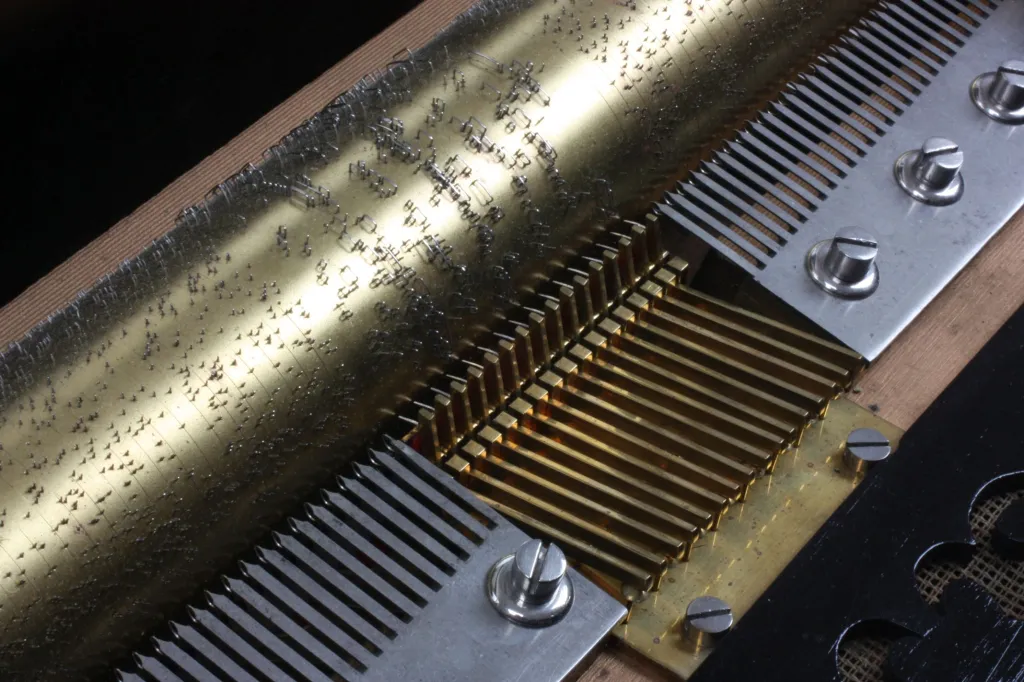
Credit: Museum für Musikautomaten, Seewen SO
Disc musical boxes (see Fig. 8) are easier to manufacture than cylinder music boxes.
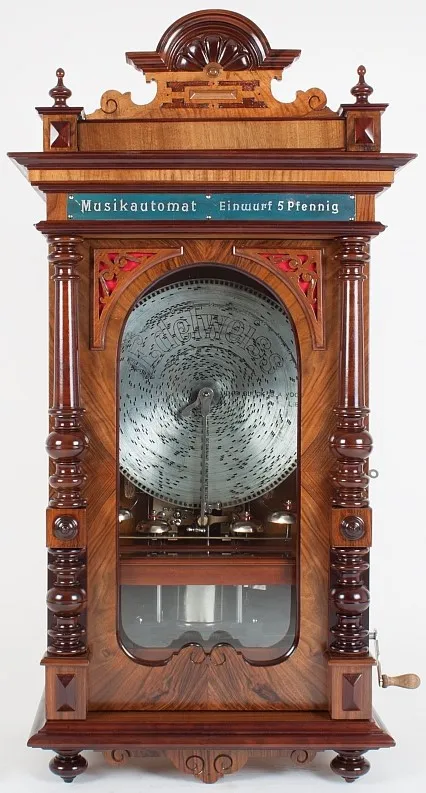
Credit: Museum für Musikautomaten, Seewen SO
Barrel organs (see Fig. 9) still enliven streets and squares today.
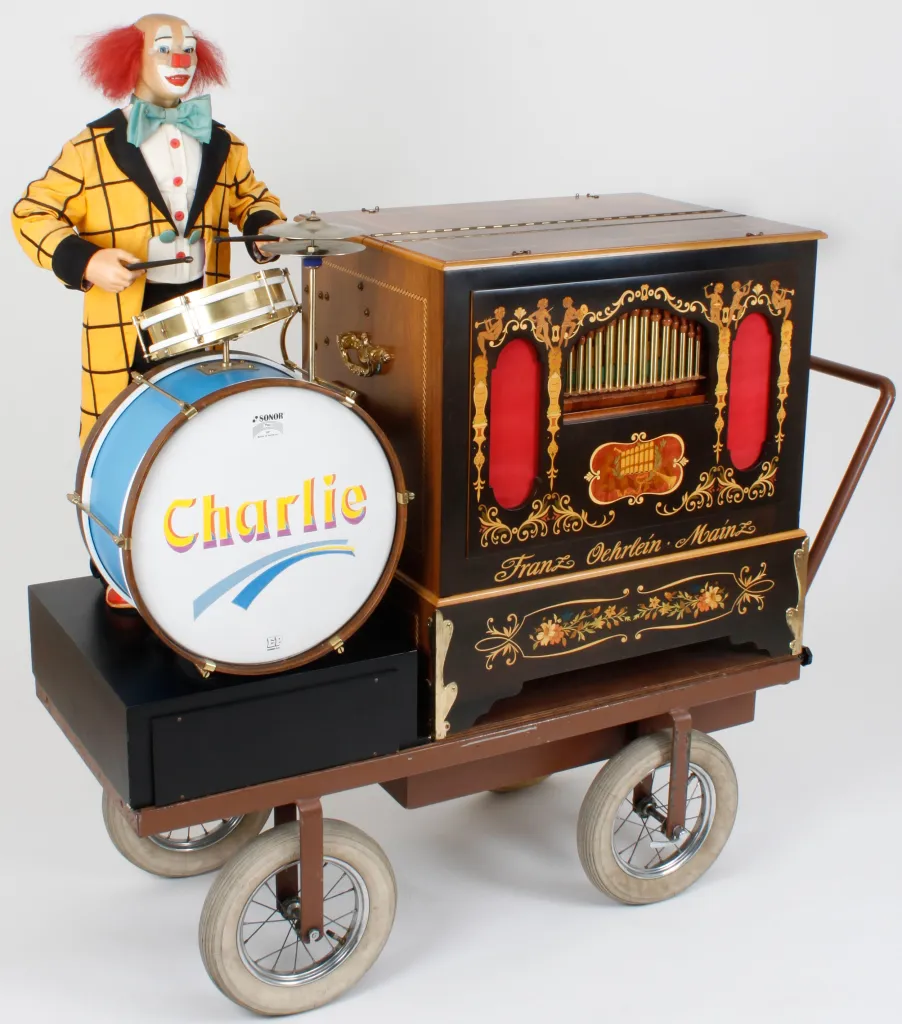
Credit Museum für Musikautomaten, Seewen SO
Many mechanical musicians (see Fig. 10) are still in working order.
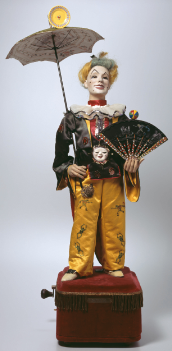
Credit: Museum für Musikautomaten, Seewen SO
The Hupfeld violins (see Fig. 11) were considered a technical marvel.
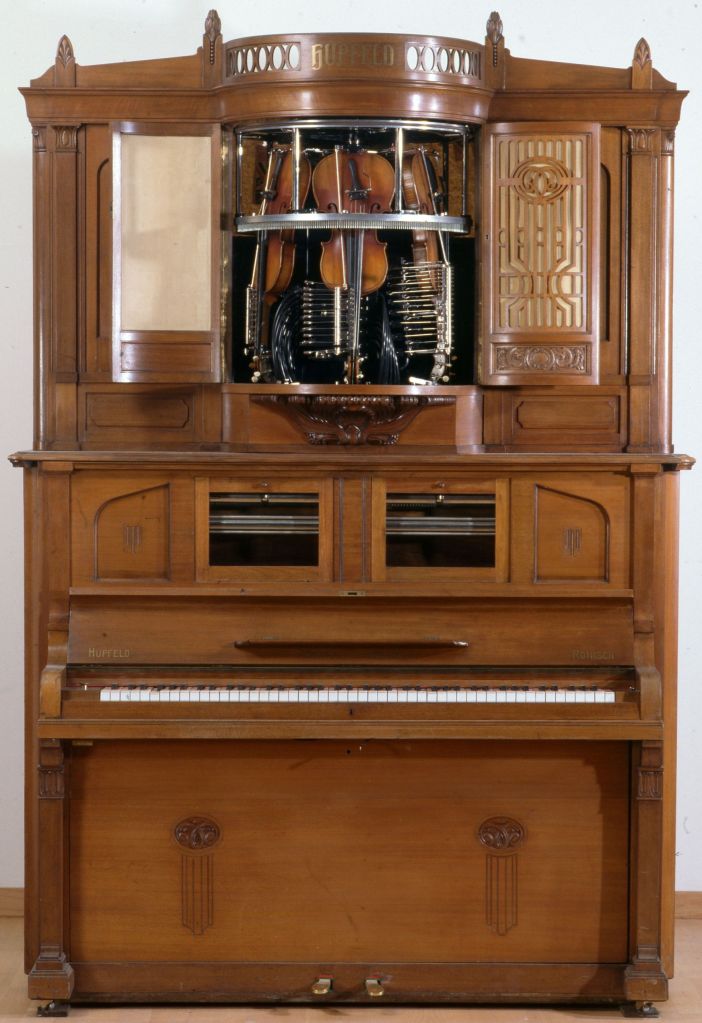
Credit: Technisches Museum Wien
Acknowledgments
Many thanks to the museums, especially the Museum für Musikautomaten in Seewen, Switzerland, for providing high-quality photos.
References
This post is based on:
Bruderer, Herbert: Meilensteine der Rechentechnik, De Gruyter Oldenbourg, Berlin/Boston, 3rd edition 2020, volume 1, 970 pages, 577 figures, 114 tables, https://doi.org/10.1515/9783110669664
Bruderer, Herbert: Meilensteine der Rechentechnik, De Gruyter Oldenbourg, Berlin/Boston, 3rd edition 2020, volume 2, 1055 pages, 138 figures, 37 tables, https://doi.org/10.1515/9783110669671
Bruderer, Herbert: Milestones in Analog and Digital Computing, Springer Nature Switzerland AG, Cham, 3rd edition 2020, 2 volumes, 2113 pages, 715 illustrations, 151 tables, translated from the German by Dr John McMinn, https://doi.org/10.1007/978-3-030-40974-6

Herbert Bruderer is a retired lecturer in the Department of Computer Science at ETH Zurich and a historian of technology. He recently was added to the Honor Roll of the IT History Society.
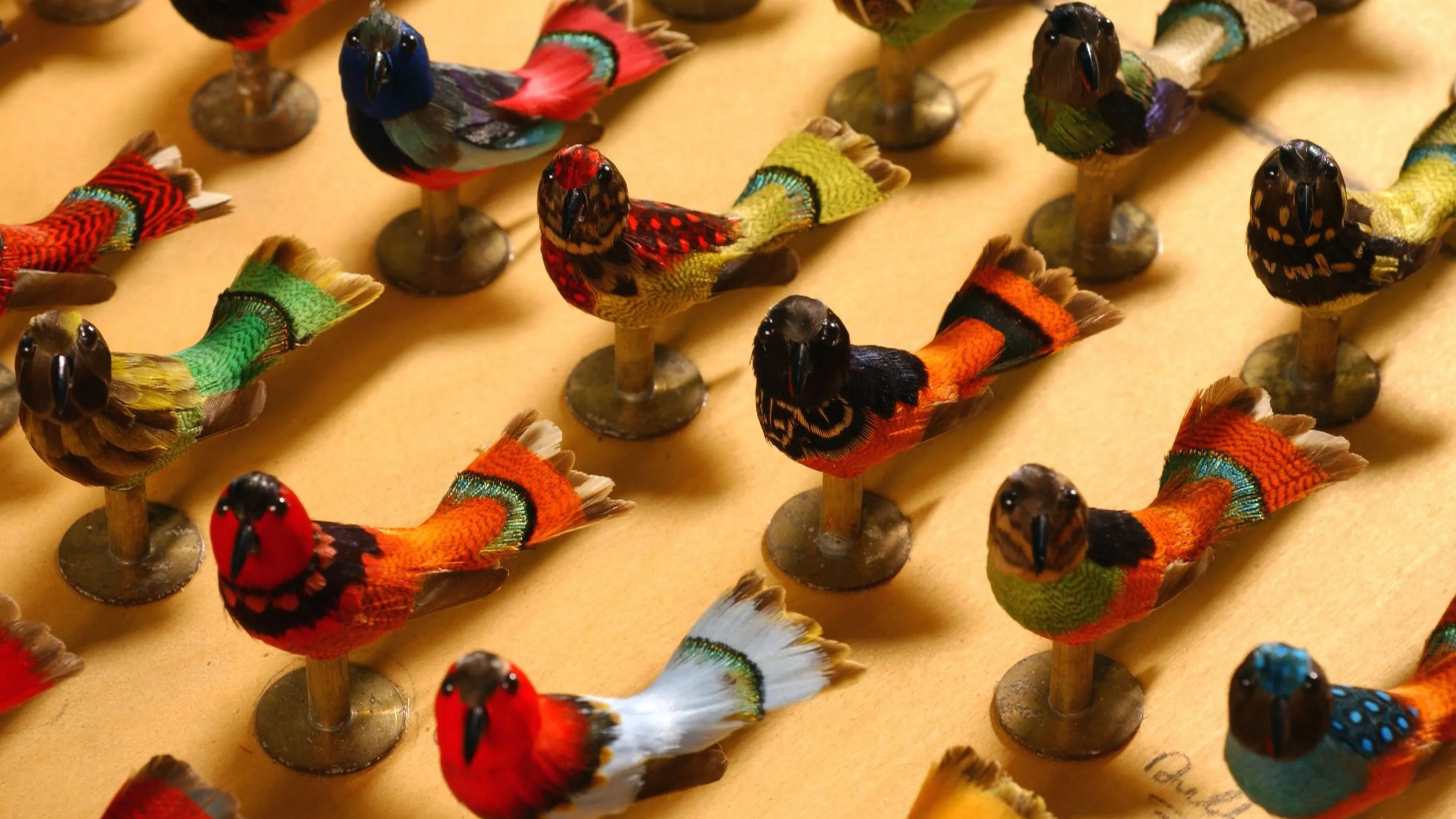
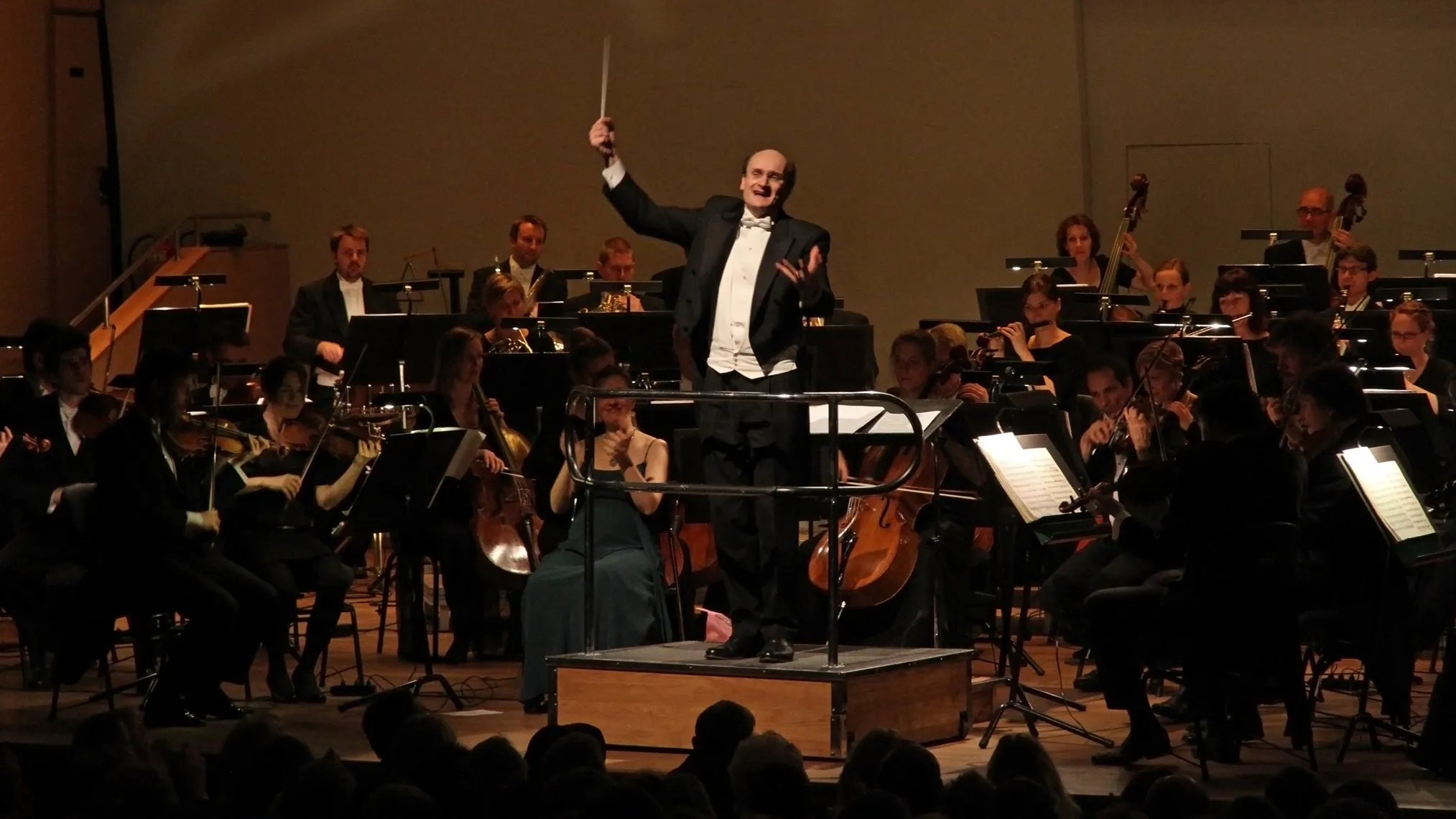


Join the Discussion (0)
Become a Member or Sign In to Post a Comment